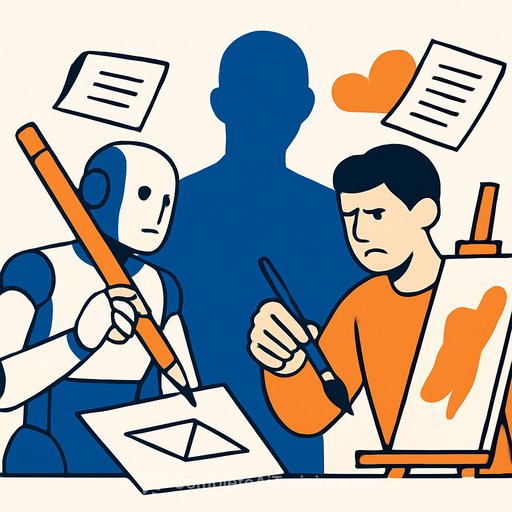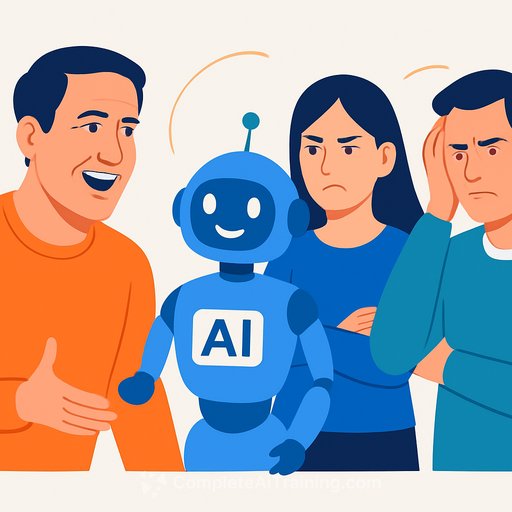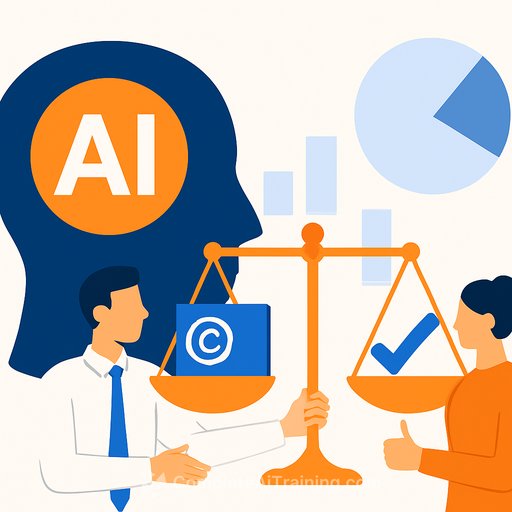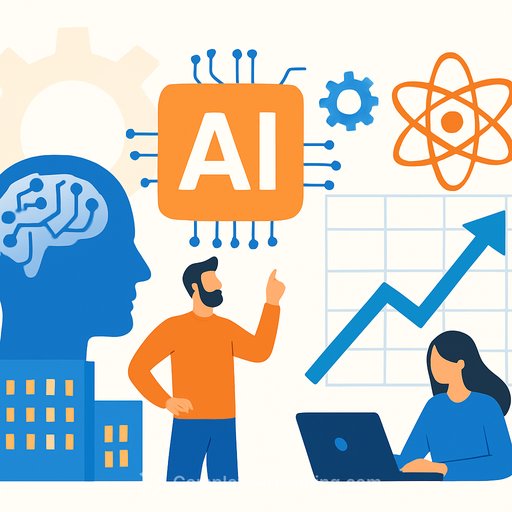AI's Free Ride On Creative Labor Is Breaking The Market
Free markets rely on a simple rule: you can't take what isn't yours and sell it. Some AI developers are doing exactly that, training on massive libraries of films, music, photos, and scripts without permission, then monetizing outputs that compete with the originals. Calling this "learning" doesn't change the impact. If your work can be ingested, imitated, and monetized without consent or pay, the incentive to create collapses.
We're told this is progress. But progress that ignores ownership isn't innovation - it's arbitrage. The result is a distorted marketplace where the cheapest input wins, not the best work. Quality follows incentive; remove the incentive and you get noise.
What This Means For Creatives Right Now
Text-to-video and voice models can mimic style, likeness, and tone at scale. That's not theoretical harm. It's a direct hit to licensing, commissions, and rates - especially for independents who can't outspend Big Tech or fight quiet copying in court.
It's bigger than Hollywood. Face and voice cloning put every person's identity at risk. A jealous ex or a bored troll can fabricate you in minutes. That demands clear, enforceable rights to your image, likeness, and voice.
The Market Principles We Need To Defend
- Consent: No scraping or training on protected works without permission.
- Compensation: Pay for training data like any other licensed input.
- Transparency: Disclose data provenance and give creators a clear opt-out and takedown path.
- Attribution & provenance: Label synthetic media and preserve metadata so buyers know what they're getting.
- Right of publicity: Treat faces and voices like the property they are, with real penalties for abuse.
This isn't about heavy-handed rules. It's basic accountability so a free market can function. The same property rights that protect a musician's royalties or a photographer's catalog should apply to digital training sets and model outputs.
Practical Moves For Working Creatives
- Register and timestamp your work. It strengthens takedowns and damages. See current guidance from the U.S. Copyright Office.
- Add provenance. Use content credentials (C2PA) to bind authorship and usage data into files: c2pa.org.
- Update contracts. Add clauses that forbid training use without explicit license and set rates for dataset access, fine-tuning, and style transfer.
- Use consent-based tools. Favor vendors that publish data sources, offer opt-out, and sign a no-training pledge for your uploads.
- Monitor and act. Set alerts for your name, titles, and distinctive phrases. File DMCA notices, small-claims actions, and platform reports for impersonations and unlicensed copies.
- License on your terms. Package back-catalogs, style libraries, or voice fonts for approved training with clear scope, duration, and price.
- Protect your likeness. For on-camera and voice talent, negotiate usage windows, synthetic doubles terms, and per-use fees for any cloning.
- Due diligence for studios. Ask vendors for data provenance, indemnity, and a written ban on training on your assets.
What Good Policy Looks Like
- Copyright applies whether infringement comes from a person or code.
- Training on protected works requires a license; fair use isn't a blanket pass for bulk ingestion.
- Model transparency: clear records of training sources and a way to audit them.
- Labeling: visible disclosures when content is AI-generated or materially synthetic.
- Teeth: statutory damages and fast-track takedowns for identity abuse and unlicensed model use.
Technology should expand markets, not gut them. If AI companies want access to creative fuel, they can pay for it like everyone else does for music, footage, or fonts.
Adopt AI Without Undercutting Yourself
Use tools that respect consent and provenance. Keep your edge where AI is weakest: taste, curation, concept, and direction. Sell creative judgment, not commodity assets.
- Build a repeatable process: briefs, references, and decision criteria that clients can feel and trust.
- Offer "human-in-the-loop" deliverables: concept boards, editorial passes, and final polish that AI can't replicate well.
- Create community standards: agencies, studios, and freelancers can agree to no-unlicensed-dataset policies and vendor audits.
The Line In The Sand
Work has value. Markets only function when that value is respected. Let AI flourish - but with consent, pay, and receipts. Anything else isn't a free market. It's a shortcut to monopoly.
Skill Up - Without Selling Out
If you're upgrading your workflow, prioritize tools and training that respect rights and provenance. For curated options and practical courses that help creatives work with AI responsibly, see courses by job and vetted generative video tools.
Your membership also unlocks:






